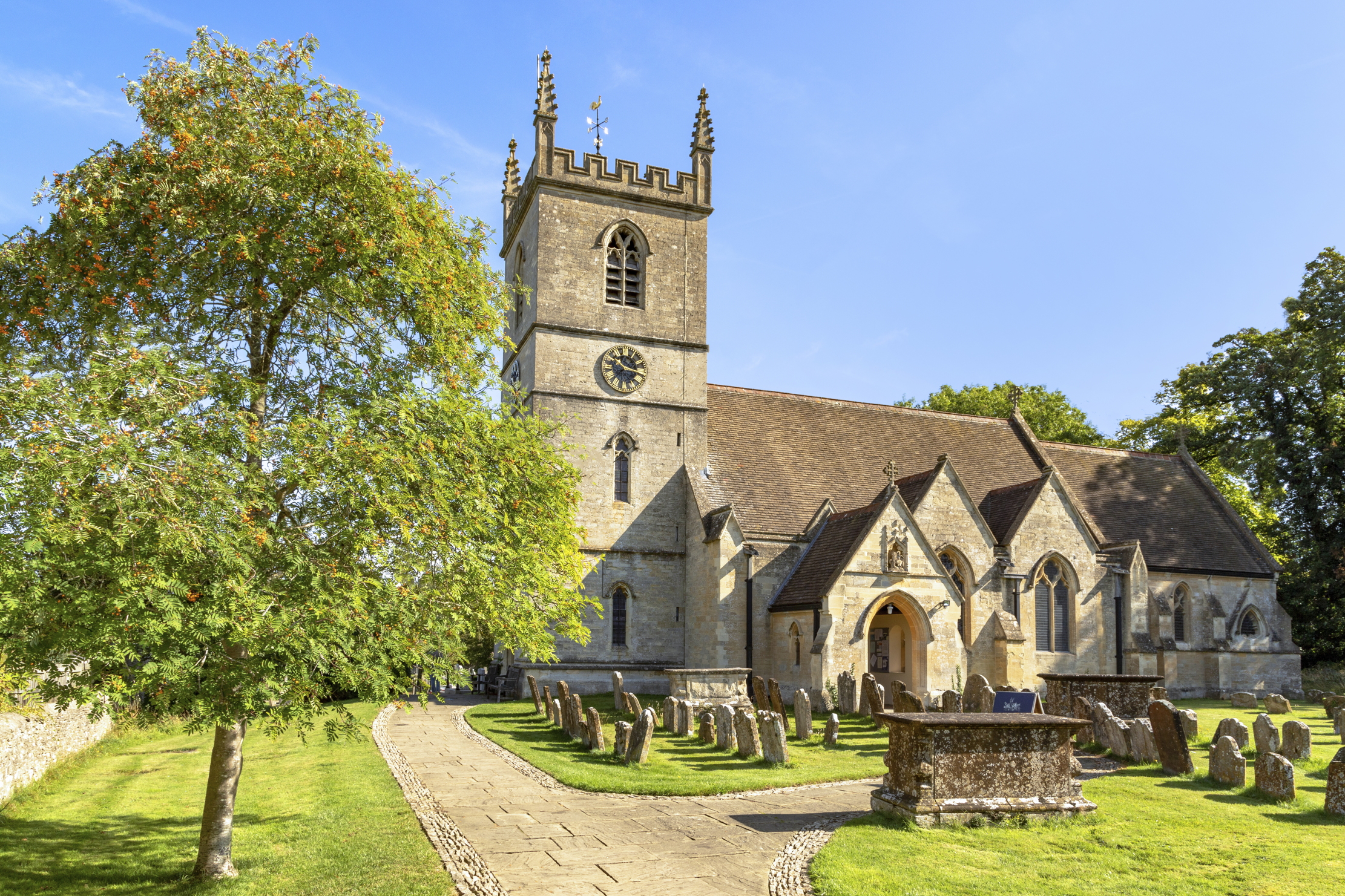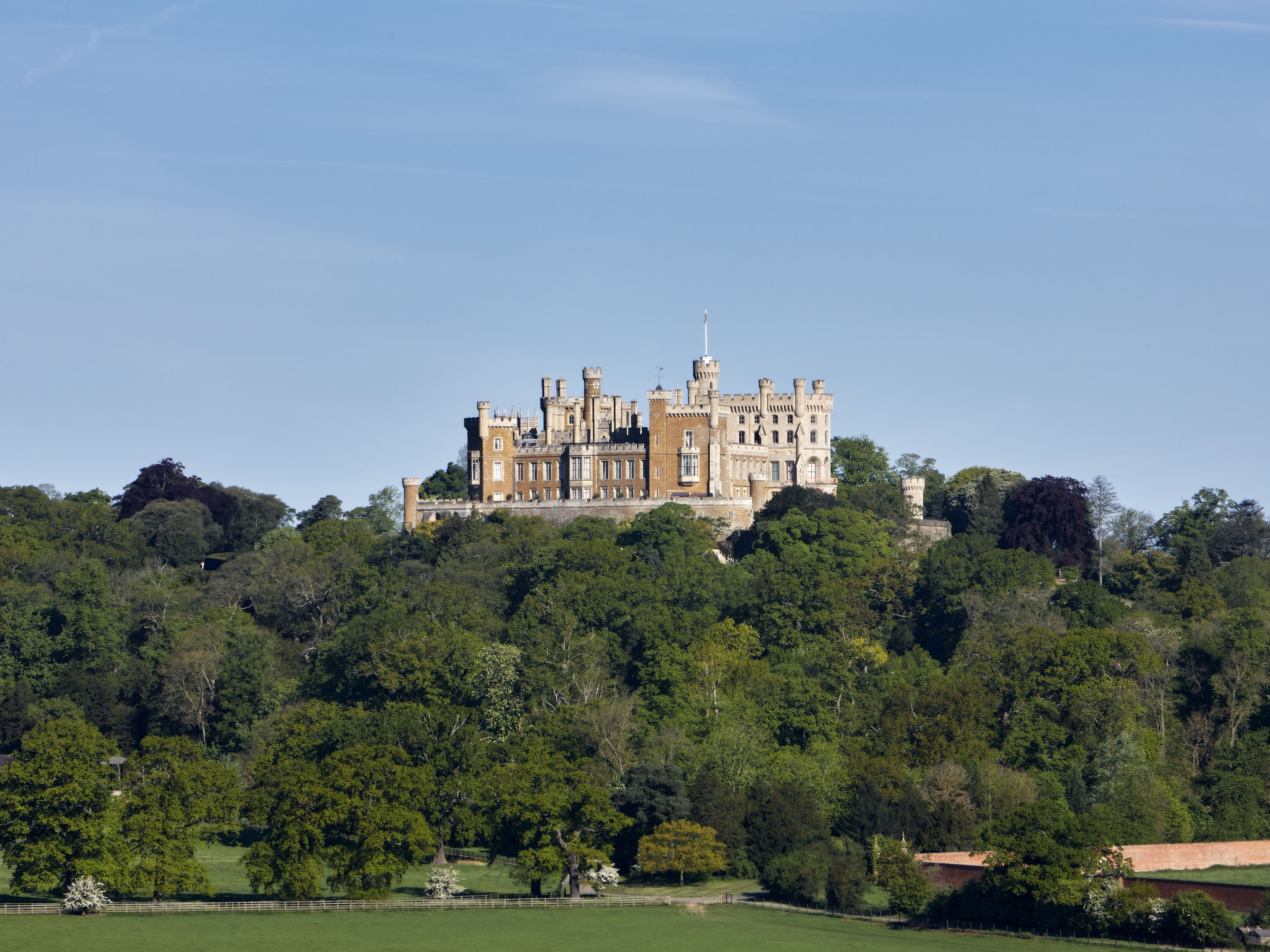Plan to save historic church buildings is 'urgently needed', warns National Churches Trust
In the past 10 years, some 3,500 churches have closed their doors, prompting a call to action to rescue those under threat.


The National Churches Trust has launched its manifesto calling for urgent action to rescue the UK’s church buildings. ‘Every Church Counts offers a blueprint for how churches can be saved for the future,’ explains National Churches Trust chief executive Claire Walker. ‘With hundreds facing closure across the UK, a national plan is urgently needed… We are calling on Government, heritage organisations and Christian denominations to work together.’
Some 3,500 churches have shut their doors over the past decade. Of the 38,500 churches, chapels and meeting houses now open for worship in England, Scotland, Wales and Northern Ireland, 20,000 are listed; in England alone, 900 of these church buildings are on the Historic England Heritage at Risk Register. Currently, in Scotland, 30–40% of churches are set to close and, in Wales, a quarter have shut in the past decade (Books).
Measures proposed in the manifesto include, of course, procuring more funds, which could be aided by a Government-supported matched funding scheme. At the moment, the backlog of repairs for the Church of England’s churches is £1 billion, with the average maintenance cost at about £150 million a year. It’s estimated that additional annual public funding of £50 million is required.
'At the moment, the backlog of repairs for the Church of England's churches is £1 billion'
‘More support is especially needed for churches in more deprived areas, such as inner cities and coastal towns. These churches often do a tremendous amount to support local people, but struggle to raise money to repair buildings, with many facing closure,’ says Sir Philip Rutnam, chair of the National Churches Trust.
Also at risk is the ‘National Help Service provided by churches,’ continues Ms Walker. ‘With so many of them providing vitally important community services, from food banks to warm spaces, churches are crucial to the social and economic wellbeing of millions of people.’
The manifesto recommends that support officers be appointed across the country to assist the volunteers and clergy who care for these buildings, as well as encouraging tourists to visit historic churches, more community events and openings beyond service times.
There is a belief that, with the right focus from the next Government, these goals can be achieved. In 2019, the National Churches Trust’s manifesto (also just before a General Election) called for the renewal of the Listed Place of Worship Grants scheme, which enables churches to reclaim VAT on repairs, a request that bore fruit in 2021 with an extension to 2025. That manifesto also called for Government to clarify the legality of parish councils funding churches, which happened in 2023. Currently, with the help of an anonymous donor, the National Churches Trust is running a matched funding drive (up to £500,000) for 18 ‘Last Chance Churches’
Exquisite houses, the beauty of Nature, and how to get the most from your life, straight to your inbox.
‘This is the greatest conservation challenge facing Britain in the early 21st century,’ adds Country Life Architectural Editor John Goodall. ‘We’re already seeing in Scotland the large-scale abandonment of major historic churches and the situation in Wales is disheartening. We must do our very best to ensure this never happens at scale in England.’
Should politicians need further encouragement: ‘With 66% of UK adults agreeing that churches are important for society and 68% agreeing that they are an important part of the UK’s history and heritage, we are confident that saving the UK’s churches for the future has the overwhelming support of the public,’ concludes Sir Philip.

My five favourite castles, by Country Life's Architectural Editor John Goodall
Listen to Dr John Goodall on the Country Life podcast as he names his five favourite castles in Britain — and

The Country Life Podcast
Listen to all the episodes of the Country Life Podcast.

Credit: Strutt and Parker
Best country houses for sale this week
An irresistible West Country cottage and a magnificent Cumbrian country house make our pick of the finest country houses for
Annunciata is director of contemporary art gallery TIN MAN ART and an award-winning journalist specialising in art, culture and property. Previously, she was Country Life’s News & Property Editor. Before that, she worked at The Sunday Times Travel Magazine, researched for a historical biographer and co-founded a literary, art and music festival in Oxfordshire. Lancashire-born, she lives in Hampshire with a husband, two daughters and a mischievous pug.
